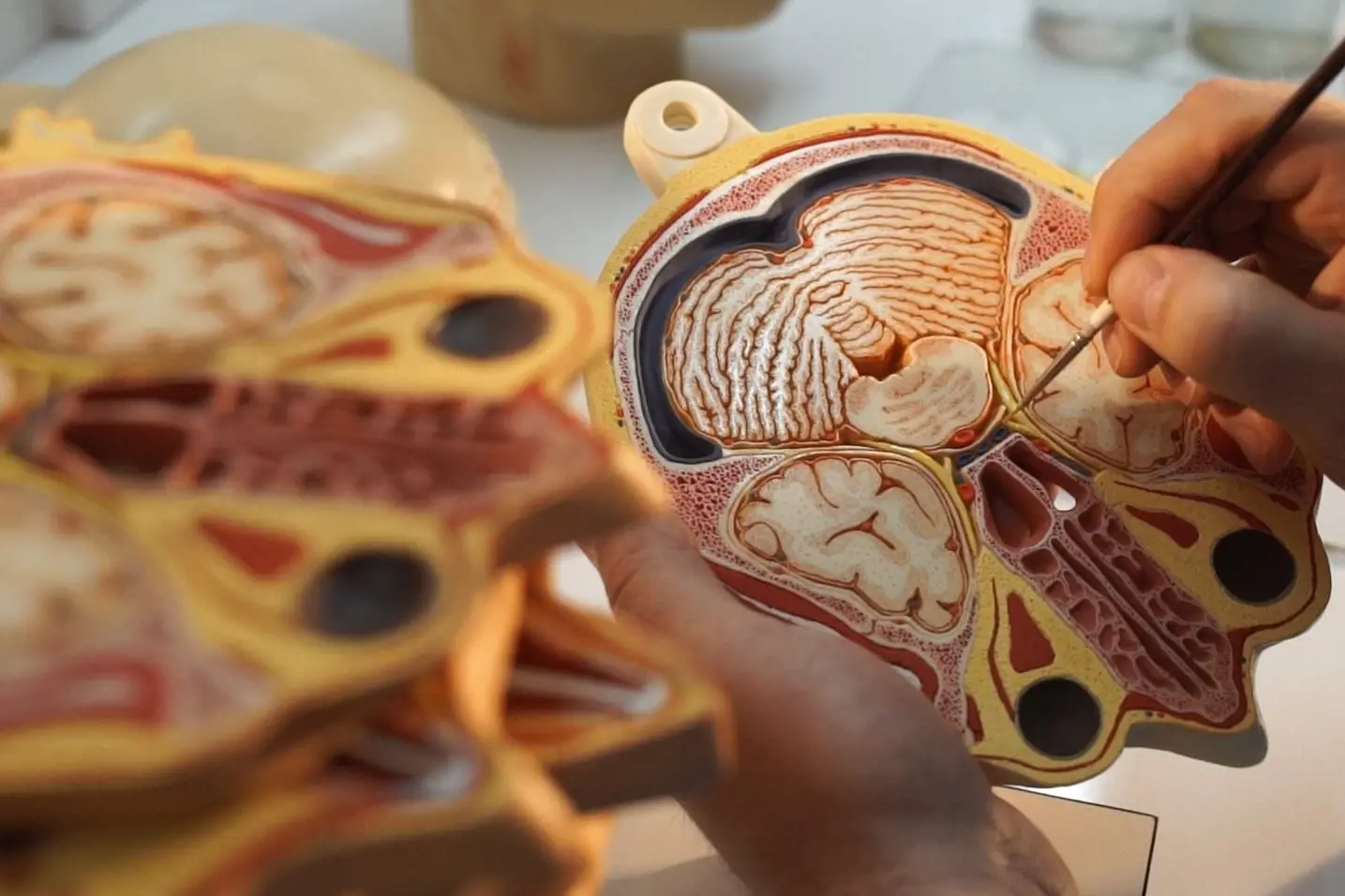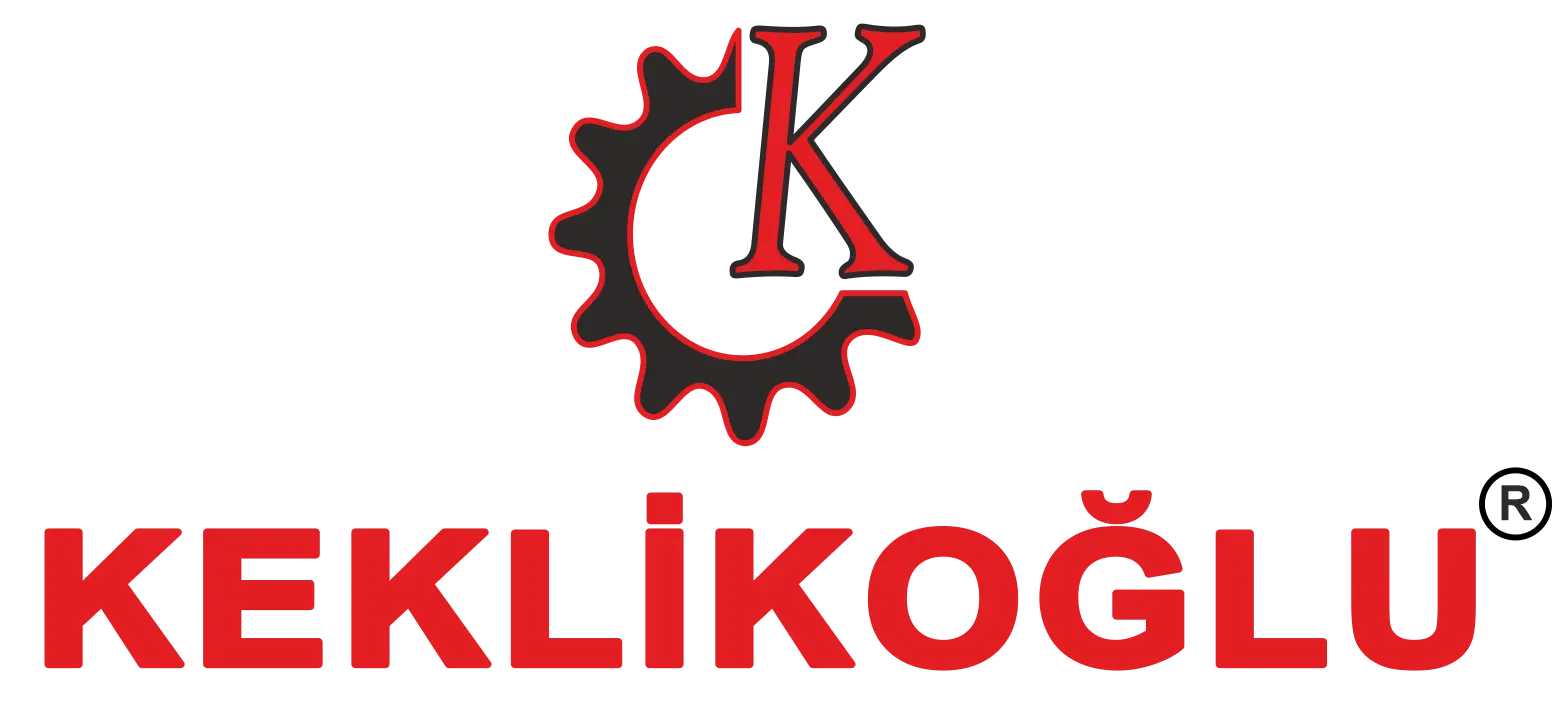NS - NURSING SKILLS TRAINING MODELS
MULTIFUNCTIONAL NURSING CARE MANIKIN
Product code : NS/51A
It has been developed according to the anatomical structure of an adult male for nursing care training. It is made of special plastic. It has many important functions such as BP measurement, auscultation, pulse, CPR, ECG and pneumothorax.
0,00 ₺
Tax Included
Item Successfully Added to Cart
inTheStock
Dimensions:
Height: 175 cm Width: 49 cm Height: 22 Weight: 24,6 kg
Features:
- The lungs and stomach structures of the chest cavity are present.
- Hair, face, eye and ear washing, eye and ear drops can be done.
- Oral cavity and artificial teeth care can be done.
- Waist, neck, arm and leg joints are movable.
- Bed bathing, changing clothes can be done.
- Pupil observation can be done; While one is normal, the other is in mydriasis.
- CPR operation training: The manikin supports multiple ventilation modes. The artificial respiration volume and the depth of cardiac compression can be followed by colored lights through the electronic control device. The airway opening indicator light turns on when the head and neck position is given. The stomach fills with air and the indicator light becomes active when the air is given so fast. If the heart compression is done in the wrong position, the warning light will be activated. The control device is re-chargeable.
- It has a vital signs simulator. The simulator has many sounds to do the auscultation.
-24 kinds of breathing sounds
-7 types of patient sounds (cough, vomiting, moaning, screaming, sneezing, sobbing, labor pain)
-5 types of bowel sounds
- There are 17 types of ECG rhythms. Real ECG monitoring can be done with the real ECG monitor provided by the user.
- Non invasive Blood Pressure (BP) measurement can be taken from the left arm. Systolic (SBP), diastolic (DBP) blood pressure and heart rhythm (HR) values can be changed. BP measurement device is re-chargeable.
-Diastolic pressure range: 40-140 mmHg
-Heart rate range: 20-260 beats / min
- The following simulations can be performed with the advanced air system.
-Stiff neck
-Laryngeal edema
-Carotid pulse
-Radial pulse (right arm)
-Pneumothorax
- Airway management: It includes structures such as the oral cavity, tongue, teeth, gums, glottis, trachea, larynx, pharynx and esophagus.
- Endotracheal intubation can be applied. There is an audible warning in case of excessive pressure on the tooth.
- When the intubation tube enters the esophagus and air is given, the stomach swells and the stomach alarm will be activated.
- Tracheotomy care can be done.
- Sputum suction can be performed.
- Oxygen inhalation can be done.
- A feeding tube can be placed through the mouth and nose. (Fluid administration is not allowed to prevent damage to CPR functions)
- Gastrolavage: the gastric tube can be placed. (Fluid administration is not allowed to prevent damage to CPR functions)
- Arm injection and blood transfusion can be applied. Bilateral forearm basilic and cephalic veins and metacarpal veins on the dorsal surface of the hand were simulated.
- Arm and hand surface skin and vascular structures can be easily changed.
- IM injection can be made to the bilateral deltoid muscle, bilateral vastus lateralis muscle and unilateral right gluteus muscle.
- Thoracentesis, abdominocentesis and bone marrow puncture are performed.
- Breast examination and care can be done.
- Enema can be done.
- Female - male urethral catheterization can be done.
- Female - male bladder irrigation can be done.
- Ostomy (colostomy and ileostomy) care can be done.
- Perineal care can be done.
- Trauma assessment and care practices can be made;
Trauma modules;
-Incision and suture in the chest-Abdominal incision and suture
-Incision and suture in the thigh area
-Infected wound in the thigh area
-Laceration the thigh area
-Gangrene formation and wound care in the foot
-Amputee leg








